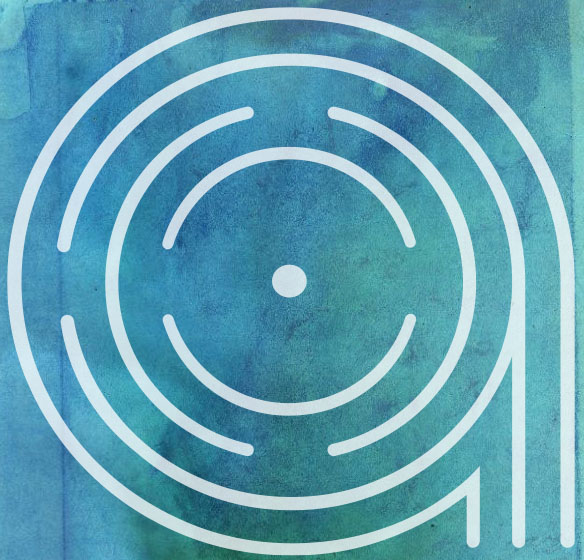If you’ve struggled with depression and considered therapy at all, it’s likely that you’ve heard of CBT or Cognitive-Behavioral Therapy. It’s both a popular and evidence-based modality for the successful treatment of major depression. The theory observes the intrinsic connection between our thoughts and behaviors and our mood or emotions. While none of us can simply change our emotions at will (“just be happy”), we do have the capacity to examine and change our thoughts or behaviors.
The best way to practice CBT is to learn the techniques with a therapist and practice them until they become something you can do independently when you feel depressive feelings rising. CBT, perhaps more than other therapy modalities, is a form of treatment that clients can and, over time, should be able to use as a means of helping themselves when necessary, an empowering perspective that’s attractive to many clients. The Adne Institute has clinicians trained in CBT who can teach the various techniques but as an introductory example, consider this means of examining distorted (or inaccurate) thinking as a way to combat depressive feelings. It is helpful to write these steps out as you proceed through them.
Notice the Emotion and Situation
Begin with simply noticing when a disturbing emotion arises. Are you feeling particularly sad, angry or anxious? What was the situation within which the emotion occurred?
Identify the Automatic Thoughts
We have numerous thoughts within our minds at any moment and at various levels of thinking. Some thoughts are surface level, “I need to buy milk”, and other thoughts go much deeper. An automatic thought, which is often what leads to particularly intense emotions, is typically a statement of our beliefs about ourselves or the world. It’s something we were thinking within the core of our being. Examples are numerous but may include “no one likes me”, “nothing works out for me”, “I’ll always be alone”, etc. A therapist can be very helpful at this stage to assist in identifying the automatic thought.
Once we realized what we’re truly thinking or believing in that moment, the resultant emotion is quite logical. For instance, if we are thinking “nothing works out for me”, we are likely to feel despair. Identifying the automatic thought helps us feel less out of control as we realize our thoughts and feelings are actually in sync.
Consider the Validity of the Automatic Thought
We all tend to believe our own thoughts simply because we thought of them. The good news is that as we learn to evaluate our own thinking, we can identify where it may be distorted or inaccurate and then replace the distorted thought with a thought that is more in line with reality. To continue with the aforementioned example, one could evaluate if it’s accurate that nothing ever works out for them. What is the evidence that this thought or statement is true? What are other ways of viewing the situation or other plausible explanations? Would a close friend see it the same way? It’s probable that there are exceptions to that rule and seeing all the situations where something did work out is important. Again, a therapist trained in CBT can be helpful here in learning how to evaluate distorted thinking as there are a number of patterns that distorted thinking tends to fall into.
Observe the New Emotion
After going through the process of evaluating your thinking that occurred during the original situation and produced the painful emotion, now observe what emotions you feel. It is likely that the current emotions are less intense or more hopeful or optimistic than the original feelings. Since depressive or anxious thinking is often rooted in beliefs that are more extreme and negative, accurate thinking that aligns with reality is often much more encouraging and produces emotions that are far more manageable.
The above exercise is but one of the CBT techniques but is very powerful when done thoroughly. A trained clinician can help provide that framework until a client is able to do it independently. Contact us at the Adne Institute for further assistance!


